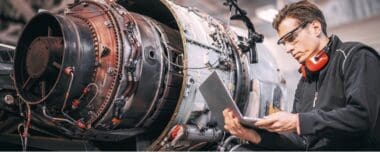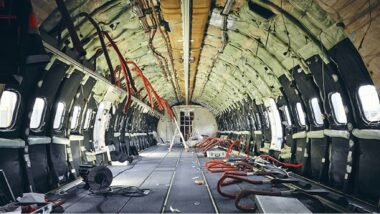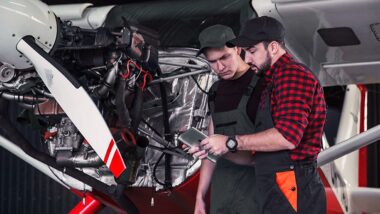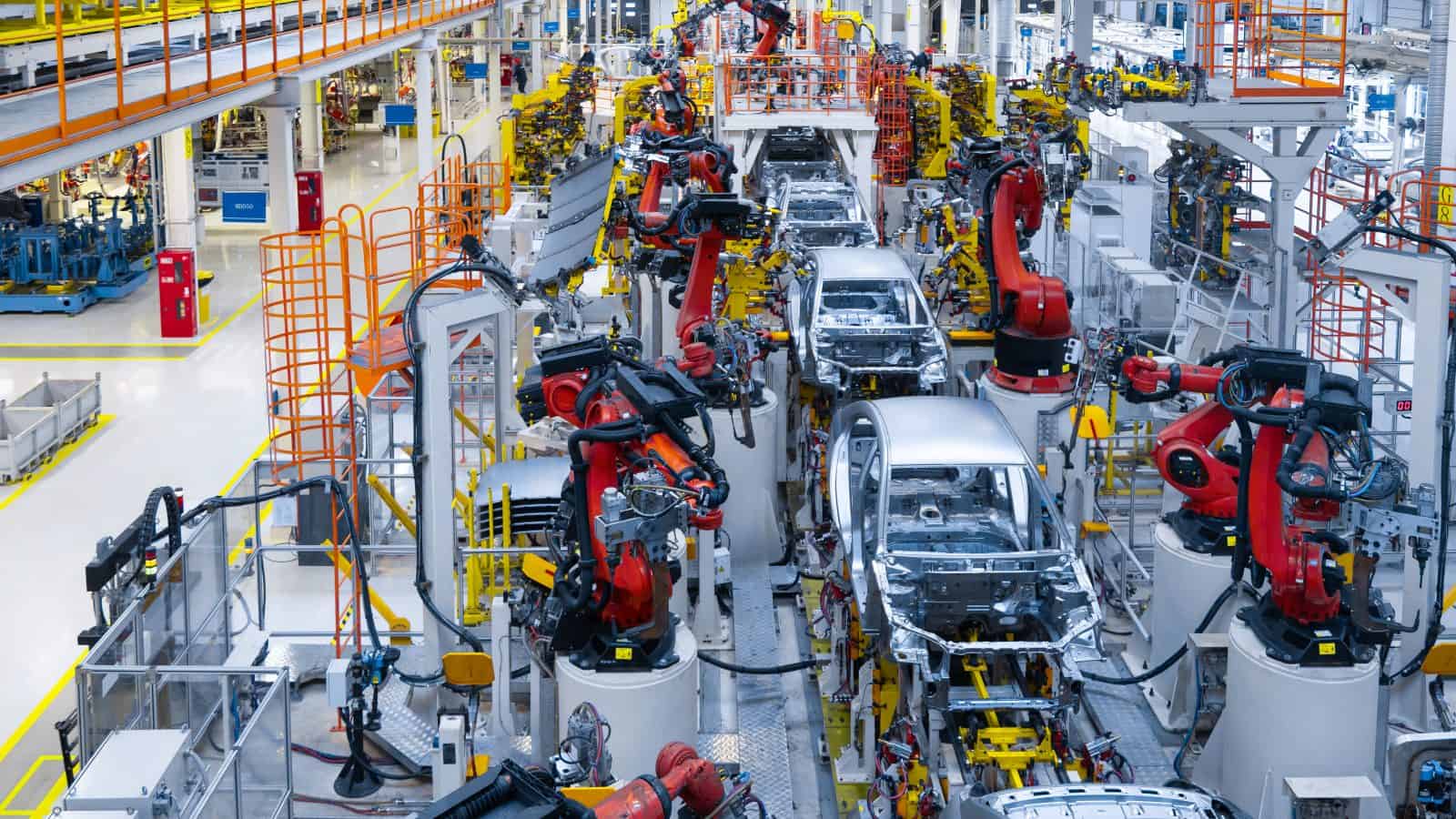Analytics for Aerospace: Creating One Powerful Cell
Manufacturing cells that incorporate automation and analytics can boost both efficiency and sustainability for the aerospace industry.

Aircraft manufacturing demands the highest-quality materials, highly trained experts, rigorous quality control, and precision processes that remain largely manual. These demands make it an ideal candidate for a digital reinvention.
By combining major leaps in operating technology (OT) with integrated IT for a fully optimized environment, aircraft manufacturers can take advantage of recent advances in automation and analytics to improve manufacturing speed and accuracy and reduce waste, making manufacturing cells both more efficient and sustainable.
Challenges abound
A single-aisle commercial aircraft contains tens of thousands of nutplates. The manual installation of each one takes three to four minutes.

This process is repeated thousands of times over the life of the craft as plates are removed and reinstalled for routine maintenance. Until now, nutplate installation has been done manually, exposing manufacturers to risks including:
- Human error: Over the course of tens of thousands of manual actions, mistakes are inevitable. The potential for error is compounded by the small size of nutplate components, which make them difficult to handle and increase the potential for mistakes.
- Rising costs: Beyond the sheer labor cost of time on the job, the associated errors of manual installation lead to increased costs through scrapped materials, poor inventory management and time-intensive quality control.
- Inefficiency: Manual installation often requires down time for changing tools and changing shifts. It also limits visibility across the manufacturing environment, which means that resources are sometimes unavailable or poorly optimized.
 To meet today’s demands to become more sustainable and socially accountable, manufacturers must also find ways to reduce the waste and inefficiencies inherent in their legacy processes, and the aerospace industry is no exception.
To meet today’s demands to become more sustainable and socially accountable, manufacturers must also find ways to reduce the waste and inefficiencies inherent in their legacy processes, and the aerospace industry is no exception.
Tremendous Potential
To address these multiple challenges, automated manufacturing and robotics technology provider, JR Automation, has deployed Hitachi Vantara’s Lumada Manufacturing Insights in its SmartAttach™ manufacturing cell as a way to merge the huge advances in automation at the operational level with superior insights at the informational level to help drive a comprehensive shift toward smarter aerospace manufacturing for the future.
